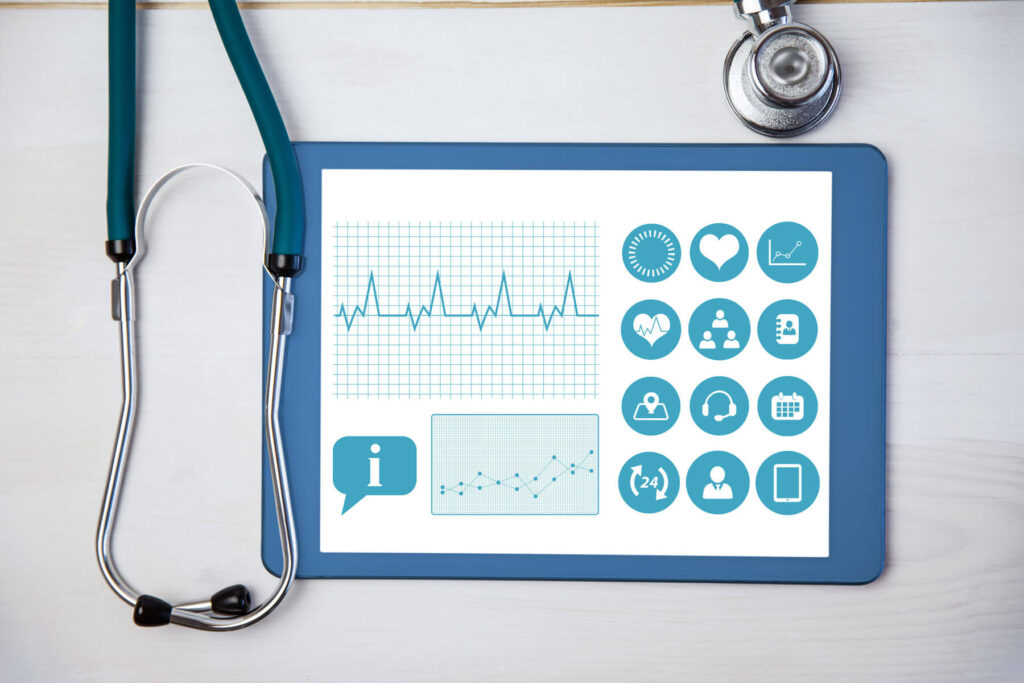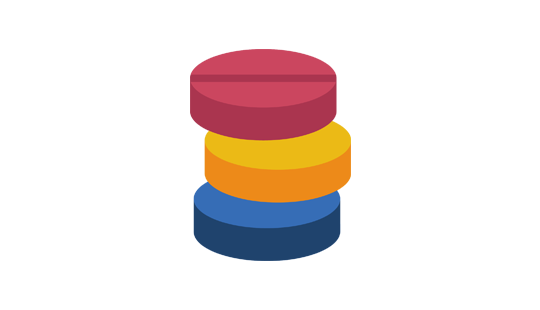The cost of any health app depends upon the various factors and features. Health applications to facilitate work in many sectors and have also changed the lifestyle and consumption of the population. This has generated a growing market, in which a good idea can be a business that depends on its success, can be a great success or an absolute failure.

Many entrepreneurs have focused their business idea through these platforms and the online medium, as well as companies with more character, but in many cases, they do not have specialized technical knowledge in this field, and they have to resort to the services of a programmer.
The design must always be user-centered (DCU): it must be a set of methodologies and techniques that help to know and understand the needs, limitations, behavior, and characteristics of the user. The app must be created to meet your needs and frustrations and always thinking that its use is as comfortable as possible. The ultimate goal of the DCU is to meet the needs of all its potential users, adapt the technology to their expectations, and create interfaces that help them meet their goals.
Along with the DCU are the user experience, those factors, and elements related to user interaction that is responsible for achieving their satisfaction when using a product or service and creating a positive or negative perception of it.
The Design Process Is Divided Into Several Stages:
Investigation And Analysis
In-depth research is needed to carry out on the market, the users, and the app to be designed to create unique health applications.
The user is asked what he wants, what he needs, … and based on his answers, we create some documents that help us decide what the app will show, and how it will do it:
Benchmarking: search for a competitor’s app and analyze its strengths and weaknesses.
Interviews and surveys: from the first, more quality is achieved, in which users are directly asked to know their opinions, motivations, and experiences. The latter are more quantitative, structured questions are asked about their preferences, desires, satisfaction, uses, etc.
Archetypes: a tab details an invented user with characteristics that represent real needs, attitudes, and behaviors. Sometimes the archetypes are accompanied by Empathy Maps: this helps empathize with the users to be able to make decisions taking into account their needs and expectations.
Scenarios: made-up stories in which our archetypes use the application in specific circumstances and environments that we detail.
Customer Journey Map: visually illustrates the relationship of users with the app and their perception of it, as well as their needs and expectations in each phase.
Structure And Organization
All the information is processed: the contents are organized, ordered, and structured so that users can find the information easily and intuitively. Information architecture is essential to structure an app: it is the basis for future interactions and the guide is to design the interface.
The interaction design defines how the user interacts with the app.
Techniques Used During This Stage:
Cardsorting: users group cards by similarity, in this way we can know how they expect to find the content or functionality of the app.
Content inventory: all content to be included in the app is ordered.
Content tree: the general organization scheme of the app is described according to the mental model of the users.
Flowcharts: represent possible future interactions and their results, what the user does.
The Cost of Developing a Health app And How Much It Cost Depend on the Design of Apps
Concept And Design
The app is designed based on the analyzed and structured information. The interface of an application is the visible layer between its functional heart and the user, and its appearance depends on the operating system: iOS, Android, Windows Phone, … each one has its line of sight, buttons, graphics, icons, … own that differentiate them from the rest and give them an identity. The designer must create his own and unique designs but always consistent with the style of the platform.
Starting from the list of elements that we have created in the previous stage, the content is placed in mobile templates. We draw where the menus will go and what they will contain if there will be images, where we will include the information and what structure it will have, … and then we will add interactions: we will think about how to show everything and how the application navigation will be.
At the end of this phase, we test with the healthcare professional and patients and check that the elements included and the interactions are understood and correct, that the application is easy to use, and that we have achieved the initial objectives. Once tested, the sketches are taken into detail: the colors and fonts are chosen, the images are adapted and the texts are worked on.
Measurement And Evaluation
The quality of the app is checked. The final design is tested once again to verify that everything still makes sense. The best evaluation technique is the user test: through a group of users, the app’s problems and possible improvements are analyzed.
Finally, we pass the designs and content (texts and images) to the developers so that with their magic they generate the application that the user can later download.
The applications of the healthcare used by both doctors and patients, and among its objectives is to improve communication between them and promote healthy lifestyles.
For a health app to be effective it must meet below requirements:
- Possess a high degree of usability.
- Create positive reinforcements that lead to healthy behaviors.
- Facilitate social support and interactivity with the user’s environment.
- Offer the support of an expert who intervenes or assists the user.
The relationship between behavioral theories and weight loss in health apps to see which features objectively promote favorable health behaviors. The research team found that 62.9% of these apps were easy to use, something that significantly facilitates overcoming one of the main barriers: accepting the change of routines towards favorable health behavior and thus improving adherence.
Basic information is surprisingly useful to app users. The easier it is to navigate, the more effective health apps are displayed.
There is a marked tendency to share everything we do on social networks, especially when it is something positive and/or worthy of admiration.
